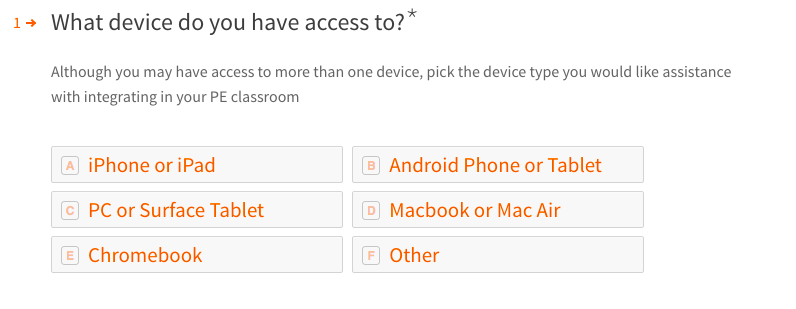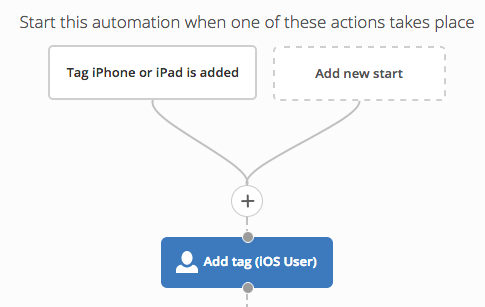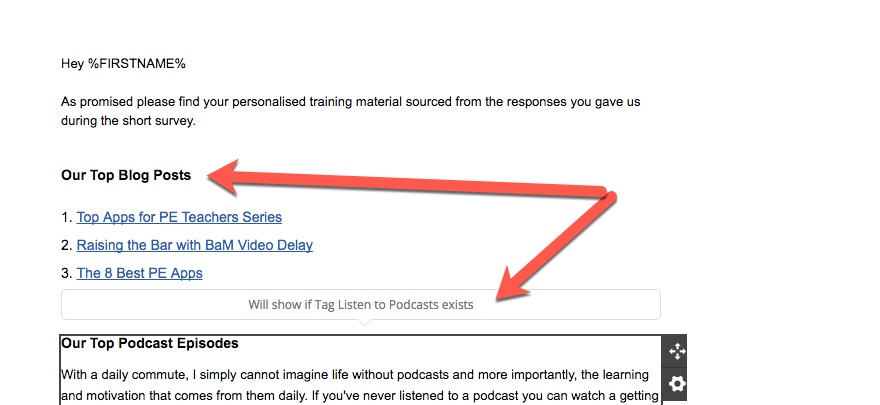We often hear that the one of the most important assets any online business owner has is their email list. However, while this is true, an email alone is no longer enough. Further to this, it’s also no longer good enough to send your contacts down the same linear email funnel & expect that you’re being helpful to all of them.
Now if that’s how you’re approaching your communication with people who’ve trusted you enough to give you an email address, then guess what? You’re not helpful. Let me explain.
Essentially what you’re doing is standing in a crowded public square & yelling out “Who Needs Help with xxxxx“, until someone walking by says YES. Most of the people walking past will ignore you because what you’re offering help around is simply irrelevant to them.
So how can you be more helpful?
Be more relevant
“Ok Jarrod, how can I be more relevant?”
Differentiate your message. Just like the best classroom teachers do.
What can we learn from good teaching practice?
After spending the last 10 years in a classroom teaching students of all ages, I’ve come to realise that the best teaching is mindful of the student & therefore differentiated. Conversely, the worst teachers treat all students the same, funnelling the lesson material down their throats. Here’s some more elements that seperate good from bad.
Things the Worst Teachers Do
- Treat everyone the same
- Ignore the unique elements that each learner has
- Same teaching style for all regardless of learning styles
- Conveyor belt approach (eg. This then that)
Things the Best Teachers Do
- Provide everyone with personalised material
- Pre test to determine learning styles
- Differentiate their instruction with multi modal options
- Dynamic approach that is responsive to the situations
How Can I do this with my email list?
The first step is to get it in your end that No Journey is the same. Everyone you’re attempting to help with your communications will have different needs, different situations & therefore should not be treated the same. The next step is to decide on a course of action to extract this information from the people who enter you email list.
How do I do it?
Step 1 – For me the first step is to find out about the specific resources my audience have access too using a Typeform survey. This question wildly changes the game for the communications they can receive. For example if they don’t have access to an iPhone or an iPad, then there is ZERO point sending them that type of content.

Step 2 – Once I know the type of resources the new contact has, I find out more about the ways they like to consume material.

Step 3 – All of these details inside of the short survey are sent over to my email system (Active Campaign), which tags each of my new contacts with the relevant interests and resources.

Step 4 – The responses trigger an automated series of emails to the new contact that includes the best content I have around the specific areas of interest. In the example below the content inside the email is conditional and shown to people based on the type of content they want to receive. For example, if they choose to learn via podcasts, then a tag called ‘listen to podcasts‘ will exist on their record & only that section of material would be included in the email. The other sections for different types of content would be blank.

Step 5 – This conditional content emails even apply to my weekly broadcast messages. This basically means that once per week I send a broadcast email to my entire list & use the responses given in the survey to determine the type of content they’re likely to engage in.
Irresistible offers
When the time comes to make an offer to those on my list, the responses they gave me in the beginning become clues for the ways in which I can best communicate the offer. You can even take it a step further & send the prospects to different landing pages explaining your offer & selling up the aspects of the product that pique their interests.
So how could you use this method in your email communications? How could you differentiate your communications to ensure your as helpful as possible? Whatever you do, don’t be that boring lazy teacher who treats everyone the same.
